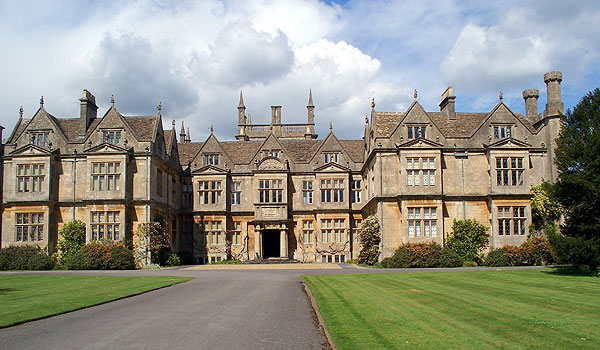 Privately Owned
Privately Owned
Corsham Court dates from 1582, and was bought by Sir Paul Methuen in the mid 18th century to display his celebrated collection of 16th and 17th century Old Master paintings. A second collection was added through inheritance in the mid 19th century. The house was extended to accommodate the paintings using as architect Capability Brown, who also designed the gardens and park. The interiors retain many original features including plasterwork, wall hangings and furniture by Chippendale, Thomas Johnson, etc. The paintings include works by Van Dyck, Carlo Dolci, Fillipo Lippi, Salvator Rosa, Reynolds and Romney.
Surrounding the park today are the impressive gardens designed by Capability Brown and including a Gothic bath-house, a 13 acre lake and a ha-ha.
Bath Spa University uses parts of the house and grounds.
Free parking is available outside the house next to the church. The house and gardens are opened frequently throughout the year, in the afternoon. A curator and room guides are available to answer questions.
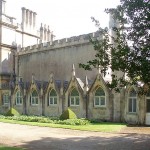
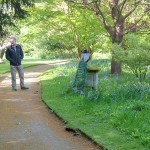
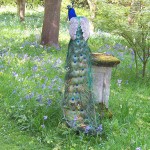
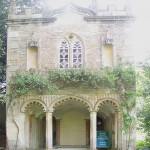
Month: May 2017
Thorn house & gardens, Devon

Historic Houses Association, privately owned, limited access
Access to Thorn is mainly by the ‘Invitation to View’ scheme.
Thorn is near the village of Wembury, on a spectacular site on the banks of the river Yealm. The estate has had a variety of owners. The Corys added a ballroom and billiard room (now vanished) for their royal and noble guests. In 1920 the estate was bought by William Arkwright, former owner of Sutton Scarsdale Hall in Derbyshire, who renamed it from South Wembury House to ‘Thorn’.
The present building at Thorn dates from the 19th century and the Corys but a much older building once stood on the site as evidenced by the Tudor cellars.
Arkwright started development of the gardens, and this work was continued by the next owner, Mrs Sebag-Montefiore. The present owners have lived here since 1981.
The house has three grand rooms downstairs, with interesting furniture and art. The gardens are terraced and extend along a steep hillside. They contain many trees including rhododendrons, camellias, azaleas and eucalyptus. The gardens are well worth seeing.
My visit was hosted by the enthusiastic owner, Eva Gibson, and was very enjoyable, lasting for around four hours. Details of how to access the property were provided on booking via ‘Invitation to View’.
Surprisingly, the house is listed on Air B+B.
More pictures are on the Thorn website.
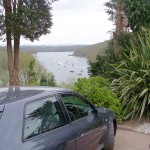
Caerhays Castle, Cornwall.
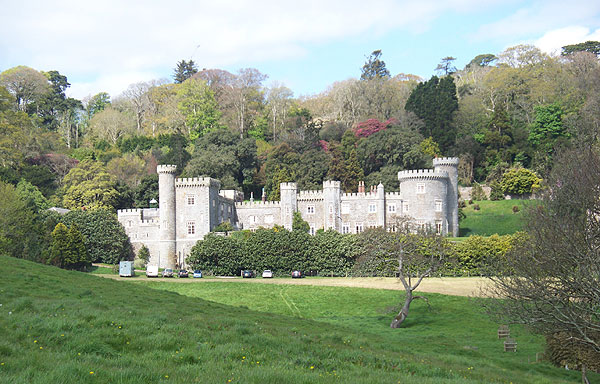 Privately Owned
Privately Owned
Caerhays Castle is situated near a beach not far from the village of St Michael Caerhays, south of St. Austell. The castle was designed by John Nash and built in the Georgian period. Its owner went bankrupt and to pay creditors the contents of the house were dispersed in a great auction, and even the lead from the roofs was sold, leaving the building derelict. Some decades later the wreck was bought by the Williams family who restored it, giving it Victorian interiors and starting to create the gardens. The gardens contain plants imported from various parts of the world, including rhododendrons, camellias and azaleas, which make a fine show in the spring.
From a distance, the castle looks as if it contains a vast number of rooms, but Nash’s castellated design conceals various service courtyards so the number of habitable rooms is in fact more modest.
Parking is in the beach car park and there is a stiff walk up to the house (except for disabled, who can park at the house). Caerhays is accessed through a maze of minor roads.
The house contains some fine interiors, including a circular (tower-shaped) drawing room. Admission to the house is by conducted tour and as numbers on the tours are limited, booking well in advance by telephone is advised. The gardens are a major attraction and well worth a visit. Note that the house opening dates and garden opening dates are not the same.
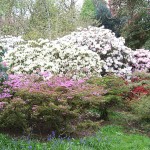
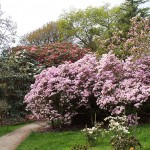
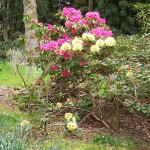
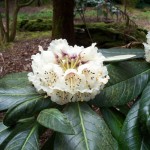
Launceston Castle, Cornwall
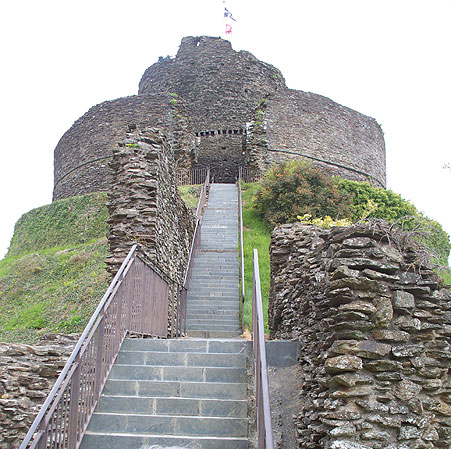
English Heritage
Originally a Norman castle, the castle was rebuilt in stone in the 12th century, and substantially rebuilt by Richard of Cornwall from 1227, including a high central tower inside the circular wall on top of the mound.
Richard’s son moved the administration elsewhere and the castle became partially disused and ruinous. Parts continued to be used for assizes and a prison. It was occupied during the civil war and afterwards stripped for building materials. Parts were used as a prison till 1842, and the site was used as a base during WWII.
The outlines of buildings in the lower bailey can be seen in the grass. Parts of the keep and walls still stand, and the inner tower can be climbed.
The castle is well worth a visit if you are in Launceston.
The castle is on an elevated site in the middle of the town. Parkng is available in pay car parks.
Lawrence House Museum, Cornwall
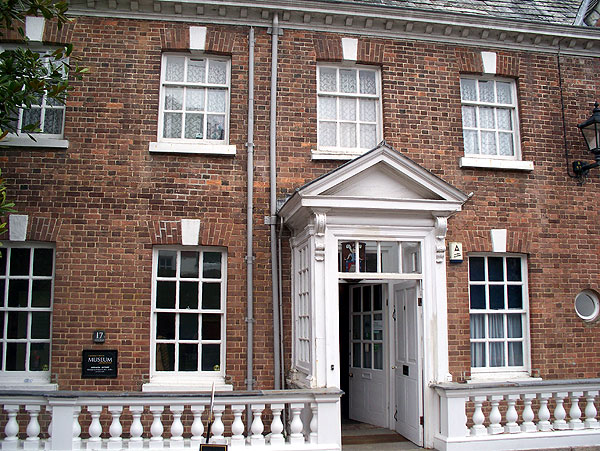 The museum is housed in an 18th century house owned by the National Trust and leased to the Launceston council for a local museum. It contains a variety of exhibits on three floors. Exhibits range from paintings through a model of the former railway station, the Victorian kitchen, a room about the astronomer John Couch Adams, period dresses, a toy room, to a polyphon, a forerunner of the jukebox.
The museum is housed in an 18th century house owned by the National Trust and leased to the Launceston council for a local museum. It contains a variety of exhibits on three floors. Exhibits range from paintings through a model of the former railway station, the Victorian kitchen, a room about the astronomer John Couch Adams, period dresses, a toy room, to a polyphon, a forerunner of the jukebox.
Well worth a visit. Free admission, donations welcomed.
